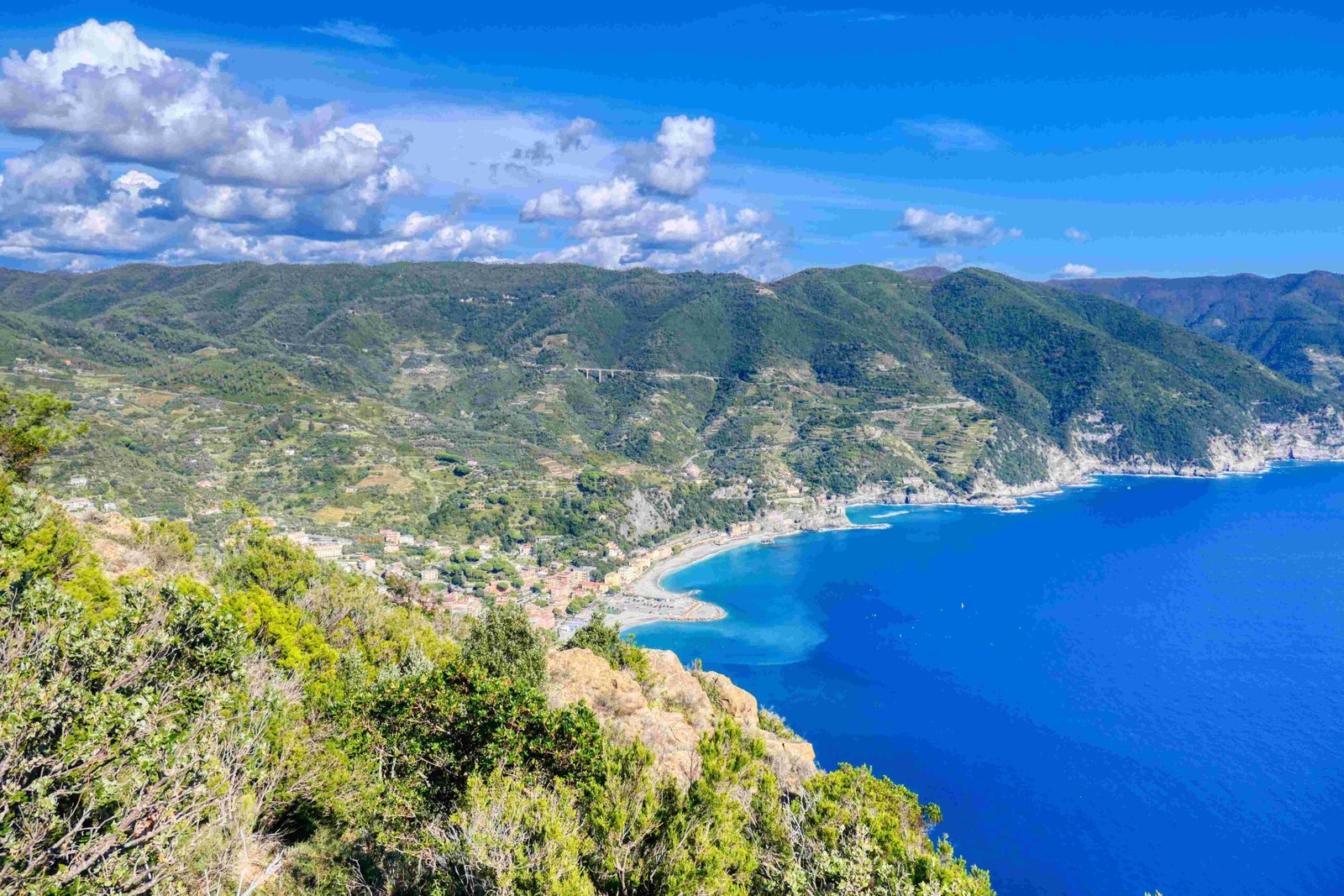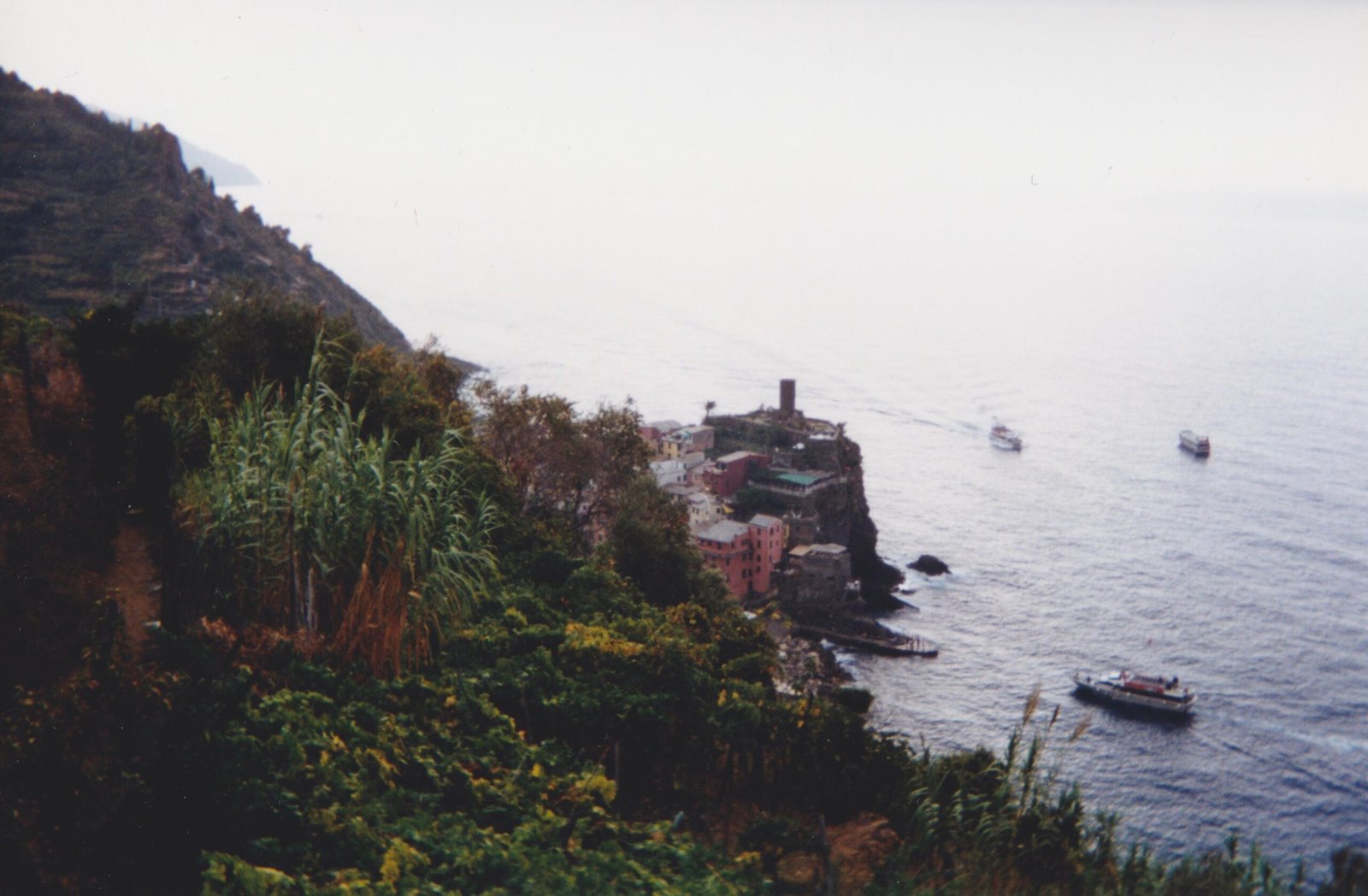The colors of Cinque Terre represent a stunning visual tapestry where pastel-painted houses cling dramatically to rugged coastal cliffs, creating a breathtaking landscape of salmon, coral, goldenrod, and jade hues. These five historic fishing villages nestled along the Ligurian coast showcase a unique architectural palette that blends natural terrain with human creativity, transforming rocky landscapes into a living canvas of color and light.
What Makes the Colors of Cinque Terre Unique?

The color palette of Cinque Terre is not random but a carefully curated expression of local architectural tradition. Each village – Riomaggiore, Manarola, Corniglia, Vernazza, and Monterosso – presents its own subtle variation of color, creating a harmonious yet distinctive visual experience.
Color Palette Breakdown
| Village | Predominant Colors | Characteristic Hues |
|---|---|---|
| Riomaggiore | Warm Terracottas | Salmon, Persimmon |
| Manarola | Earthy Tones | Goldenrod, Moss Green |
| Vernazza | Vibrant Pastels | Coral, Soft Blues |
| Corniglia | Muted Neutrals | Beige, Soft Yellows |
| Monterosso | Bright Accents | Jade, Bright Whites |
How Do Natural Landscapes Influence Color Perception?

The colors of Cinque Terre are dramatically enhanced by their natural surroundings. The deep blue Ligurian Sea contrasts magnificently with the pastel buildings, while terraced vineyards and rocky cliffs provide additional color depth.
Key Color Influences
- Geological Terrain: Dark rocky cliffs
- Maritime Environment: Azure sea waters
- Agricultural Landscape: Green vineyard terraces
- Architectural Heritage: Centuries-old building techniques
What Techniques Create Cinque Terre’s Distinctive Color Scheme?
Local regulations strictly control building colors, ensuring a cohesive aesthetic. Techniques include:
- Using locally sourced pigments
- Maintaining traditional painting methods
- Preserving historical color traditions
- Blending buildings with natural landscape
Where Can Visitors Best Experience These Colors?
Recommended viewing locations include:
- Hiking trails connecting villages
- Boat tours along the coastline
- Panoramic viewpoints in each village
- Early morning or late afternoon light conditions
Photography Tips for Capturing Colors
- Use golden hour lighting
- Experiment with different angles
- Capture contrast between buildings and landscape
- Include natural elements in composition
Technical Color Specifications
Approximate Color Codes:
– Salmon: Hex #FA8072, RGB (250, 128, 114)
– Persimmon: Hex #FFC085, RGB (255, 192, 133)
– Jade: Hex #00A86B, RGB (0, 168, 107)
Cultural Significance of Colors
The colors represent more than aesthetic beauty – they symbolize:
– Local maritime history
– Fishing community traditions
– Architectural resilience
– Cultural identity
Seasonal Color Variations
- Spring: Soft, emerging pastel tones
- Summer: Vibrant, saturated colors
- Autumn: Warm, golden hues
- Winter: Muted, subdued palette
Preservation and Future
Local authorities continuously work to maintain the authentic color scheme, balancing historical preservation with modern conservation techniques.
Expert Insights
Architectural historians emphasize that Cinque Terre’s colors are not just decorative but functional, helping buildings blend with challenging coastal terrain while providing practical sun protection.
Reference:
– UNESCO World Heritage Site Information
– Cinque Terre National Park Official Site
– Italian Cultural Heritage Resources
